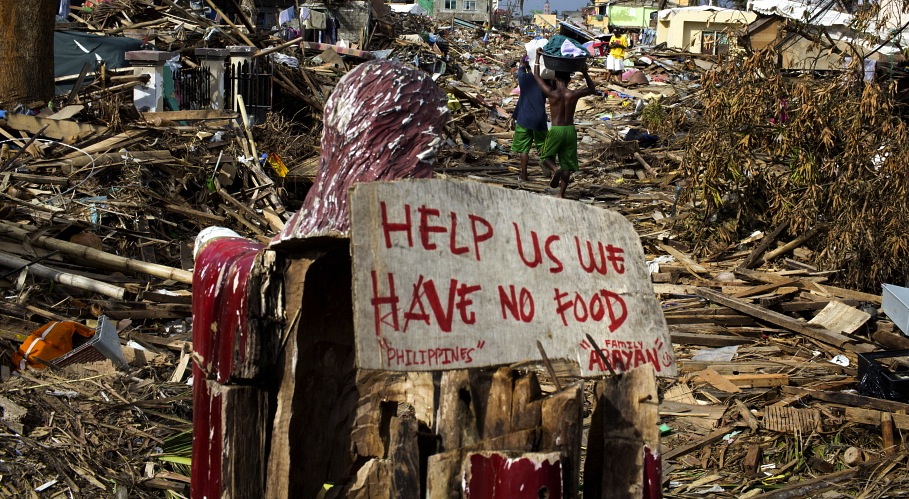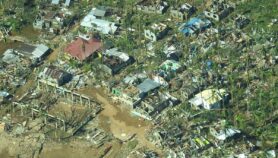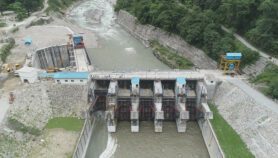By: Gilbert Felongco
Send to a friend
The details you provide on this page will not be used to send unsolicited email, and will not be sold to a 3rd party. See privacy policy.
[MANILA] With the costs from natural disasters quadrupling over the last three decades, Asian government are urged to invest more in disaster preparedness to lessen damage from calamities.
In a conference of the Asia-Europe Meeting (ASEM) in Manila (4-6 June) focusing on disaster mitigation, Kristalina Georgieva, European Union commissioner for International Cooperation and Humanitarian Aid and Crisis Response, and Margareta Wahlström, head of the UN Office for Disaster Risk Reduction, were one in saying that more needs to be done if Asia is to overcome the challenges posed by natural calamities.
Formed in 1996, ASEM is an interregional forum for dialogue and cooperation involving 20 Asian countries, the Association of Southeast Asian Nations Secretariat, 27 EU member states, Norway, Switzerland and the European Commission.
The ASEM conference in Manila was held seven months after powerful typhoon Haiyan killed more than 6,200 people and dislocated 14 million people in central Philippines, with Tacloban City in Leyte province as one of the worst hit areas.
During the conference, some 280 delegates from 49 nations adopted the “Tacloban Declaration”, a template that would take the place of the Hyogo Framework of Action which lapses in 2015 and detailed the work required for a disaster mitigation and response system. The declaration will be presented at the 10th ASEM Summit slated in October this year in Milan, Italy.
The Tacloban Declaration draws on the experiences of countries such as the Philippines which is suffering from the worsening effects of climate change. It also recognises “the importance of international cooperation, particularly in mega disasters”.
“Over the last three decades, the costs of natural disasters have quadrupled, from US$50 billion per year in the 1980s to US$200 billion per year in the last decades. In the last three years, the costs have exceeded US$200 billion, and we expect that the trend will continue to go up,” Georgieva said in her speech.
But only 4 per cent of the total spending for natural disasters goes to preparedness and prevention while 96 per cent is spent on response, she pointed out.
Georgieva said turning this pyramid of funding around would go a long way to having resilient societies. “Every dollar invested in prevention would bring four to seven times savings in terms of reduction in damage,” she said, alluding to the philosophy that prevention is better than cure.
On her part, Wahlström said “it is important to ensure that medium and longer-term disaster risk reduction and resilience building be made a strong component of the rehabilitation process and embedded in the needs assessment and implementation plans”.
The conference recognised the important role of technology and innovation in alleviating the effects of disasters and in reducing risks from calamities.
“Advanced information on impending disasters derived through the application of science and cutting-edge technologies enables vigilant local governments and the public to take early action and in turn, save lives,” said the Philippines’ science secretary, Mario Montejo, during one of the plenary sessions.
This article has been produced by SciDev.Net's South-East Asia & Pacific desk.














